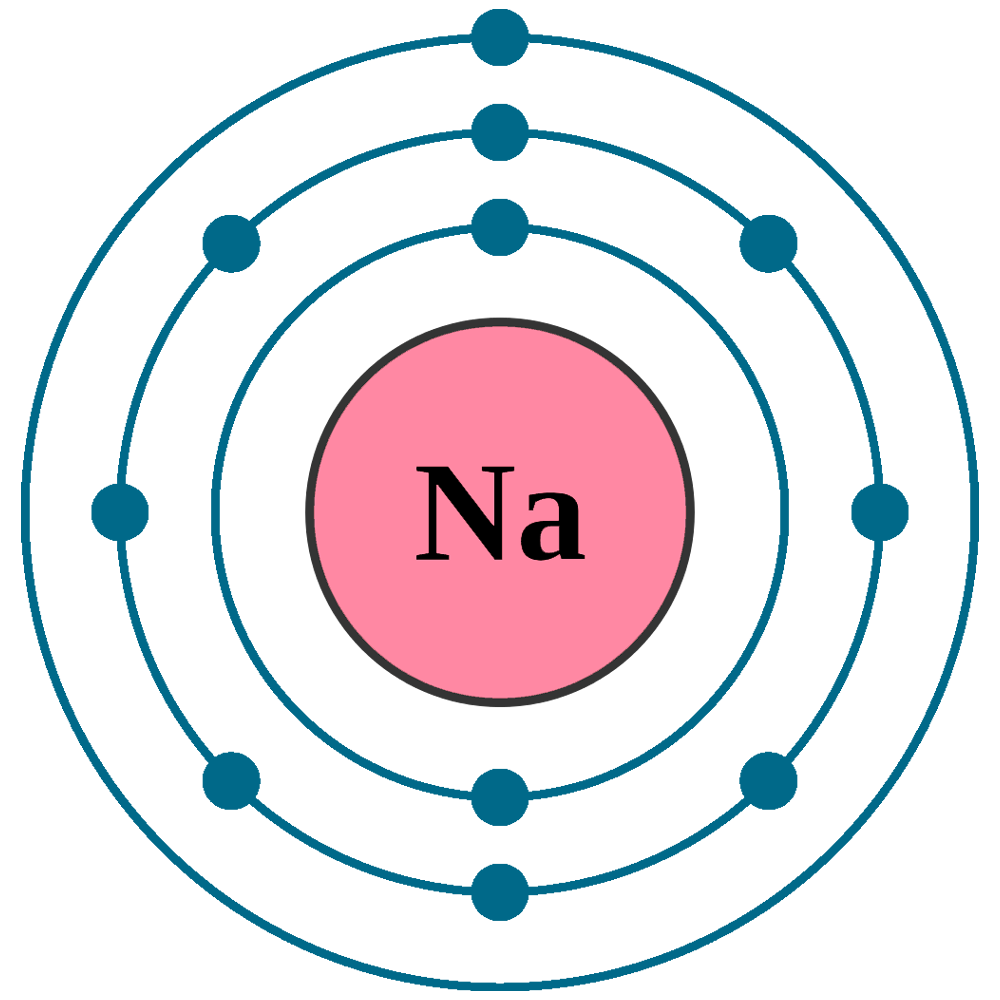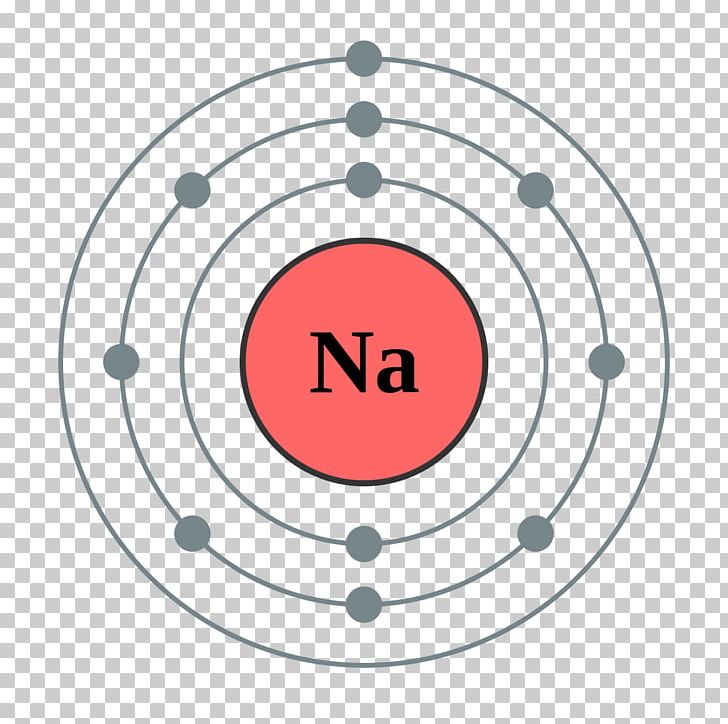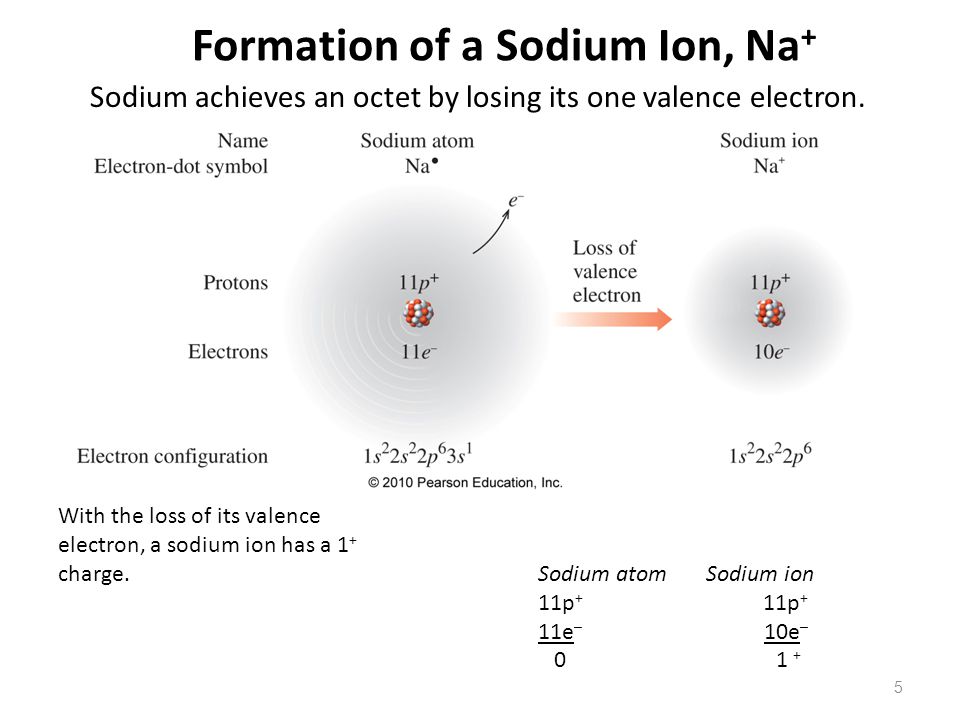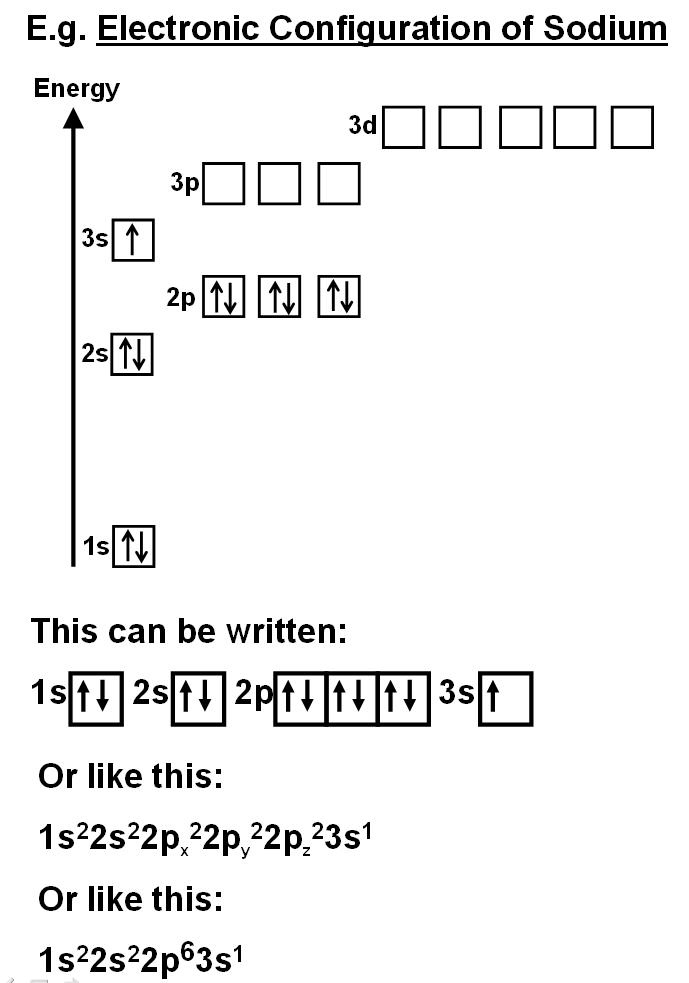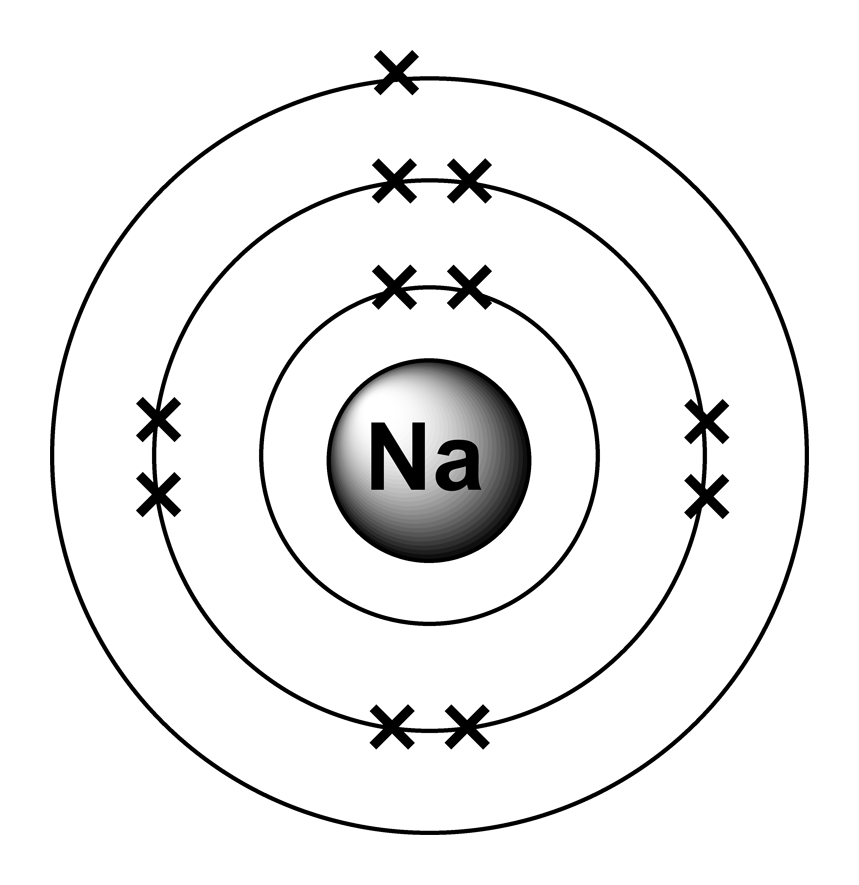Sodium Electron Configuration Long Form
Sodium Electron Configuration Long Form - Electron configuration of neon (ne) [he] 2s 2 2p 6: Web block elements are organised into blocks by the orbital type in which the outer electrons are found. Web in writing the electron configuration for sodium the first two electrons will go in the 1s orbital. Web the arrangement of electrons in sodium in specific rules in different orbits and orbitals is called the electron configuration of sodium. We describe an electron configuration with a symbol that contains three pieces of information ( figure 6.25 ): The p orbital can hold up to six electrons. Electron configuration of fluorine (f) [he] 2s 2 2p 5: Electron configuration of sodium (na) [ne] 3s 1: Electron configuration can be done in two ways. 1s 2 2s 2 2p 5:
The electron configurations and orbital diagrams of these four elements are: Electron configuration of fluorine (f) [he] 2s 2 2p 5: Since 1s can only hold two electrons the next 2 electrons for sodium go in the 2s orbital. Electron configuration of sodium (na) [ne] 3s 1: Web block elements are organised into blocks by the orbital type in which the outer electrons are found. For each atom the subshells are given first in concise form, then with all subshells written out, followed by the number of electrons per shell. Web electron configuration of oxygen (o) [he] 2s 2 2p 4: 1s 2 2s 2 2p 5: Electronic configuration of sodium in short form: Web the arrangement of electrons in the orbitals of an atom is called the electron configuration of the atom.
Electron configuration can be done in two ways. 1s 2 2s 2 2p 6 3s 1. In aufbau principle, the electrons are filled according to the increasing energy level of orbitals. The electron configurations and orbital diagrams of these four elements are: Web electron configuration of oxygen (o) [he] 2s 2 2p 4: The electron configuration of sodium is 1s 2 2s 2 2p 6 3s 1 if the electron arrangement is through orbitals. The alkali metal sodium (atomic number 11) has one more electron than the neon atom. We describe an electron configuration with a symbol that contains three pieces of information ( figure 6.25 ): Web long form of sodium electron configuration: 1s 2 2s 2 2p 5:
FileElectron shell 011 sodium.png Wikimedia Commons
The electron configuration of sodium is 1s 2 2s 2 2p 6 3s 1 if the electron arrangement is through orbitals. Web the arrangement of electrons in the orbitals of an atom is called the electron configuration of the atom. Web electron configuration of oxygen (o) [he] 2s 2 2p 4: Since 1s can only hold two electrons the next.
sodium electron configuration Newton Desk
These blocks are named for the characteristic spectra they produce: Web block elements are organised into blocks by the orbital type in which the outer electrons are found. Web the arrangement of electrons in the orbitals of an atom is called the electron configuration of the atom. Web long form of sodium electron configuration: Sharp (s), principal (p), diffuse (d),.
Why is there are huge energy change between the 9th and the 10th
The electron configurations and orbital diagrams of these four elements are: We describe an electron configuration with a symbol that contains three pieces of information ( figure 6.25 ): 1s 2 2s 2 2p 6: Web electron configuration of oxygen (o) [he] 2s 2 2p 4: Electron configuration can be done in two ways.
Electron Configuration Orbital Diagram For Sodium Diagram Media
Since 1s can only hold two electrons the next 2 electrons for sodium go in the 2s orbital. Atomic number the number of protons in an atom. Electron configuration through orbit (bohr principle) Web block elements are organised into blocks by the orbital type in which the outer electrons are found. Web the commonly used long form of the periodic.
Sodium Electron Configuration YouTube
Atomic number the number of protons in an atom. Web the commonly used long form of the periodic table is designed to emphasize electron configurations. Electron configuration of sodium (na) [ne] 3s 1: Web all of the electrons in the noble gas neon (atomic number 10) are paired, and all of the orbitals in the n = 1 and the.
Electron Configuration Long Form 4 Ways To Write Electron
Electron configuration through orbit (bohr principle) Electron configuration can be done in two ways. In aufbau principle, the electrons are filled according to the increasing energy level of orbitals. Web electron configuration of oxygen (o) [he] 2s 2 2p 4: Web the arrangement of electrons in the orbitals of an atom is called the electron configuration of the atom.
Sodium Electron Configuration (Na) with Orbital Diagram
Web long form of sodium electron configuration: Electron configuration of sodium (na) [ne] 3s 1: Web block elements are organised into blocks by the orbital type in which the outer electrons are found. The sodium atom (na) and si +3 , p +4 , s +5 , cl +6 have the same electronic configuration. Web this page shows the electron.
Sodium electron configuration Stock Image C029/5024 Science Photo
Sharp (s), principal (p), diffuse (d), and fundamental (f). The alkali metal sodium (atomic number 11) has one more electron than the neon atom. In aufbau principle, the electrons are filled according to the increasing energy level of orbitals. The electron configurations and orbital diagrams of these four elements are: Web electron configuration of oxygen (o) [he] 2s 2 2p.
savvychemist Ionization Energy (5) Orbitals and the Pauli Exclusion
Web all of the electrons in the noble gas neon (atomic number 10) are paired, and all of the orbitals in the n = 1 and the n = 2 shells are filled. Web long form of sodium electron configuration: Since 1s can only hold two electrons the next 2 electrons for sodium go in the 2s orbital. 1s 2.
Electron configurations
The alkali metal sodium (atomic number 11) has one more electron than the neon atom. The nex six electrons will go in the 2p orbital. Electron configuration of neon (ne) [he] 2s 2 2p 6: Electron configuration can be done in two ways. Atomic number the number of protons in an atom.
Electronic Configuration Of Sodium In Short Form:
1s 2 2s 2 2p 6: 1s 2 2s 2 2p 6 3s 1: We describe an electron configuration with a symbol that contains three pieces of information ( figure 6.25 ): Electron configuration through orbit (bohr principle)
Atomic Number The Number Of Protons In An Atom.
In aufbau principle, the electrons are filled according to the increasing energy level of orbitals. Web electron configuration of oxygen (o) [he] 2s 2 2p 4: Since 1s can only hold two electrons the next 2 electrons for sodium go in the 2s orbital. Web long form of sodium electron configuration:
The Electron Configurations And Orbital Diagrams Of These Four Elements Are:
1s 2 2s 2 2p 4: 1s 2 2s 2 2p 6 3s 1. Web the arrangement of electrons in sodium in specific rules in different orbits and orbitals is called the electron configuration of sodium. For each atom the subshells are given first in concise form, then with all subshells written out, followed by the number of electrons per shell.
Electron Configuration Of Fluorine (F) [He] 2S 2 2P 5:
The alkali metal sodium (atomic number 11) has one more electron than the neon atom. 1s 2 2s 2 2p 5: Web all of the electrons in the noble gas neon (atomic number 10) are paired, and all of the orbitals in the n = 1 and the n = 2 shells are filled. Sharp (s), principal (p), diffuse (d), and fundamental (f).

